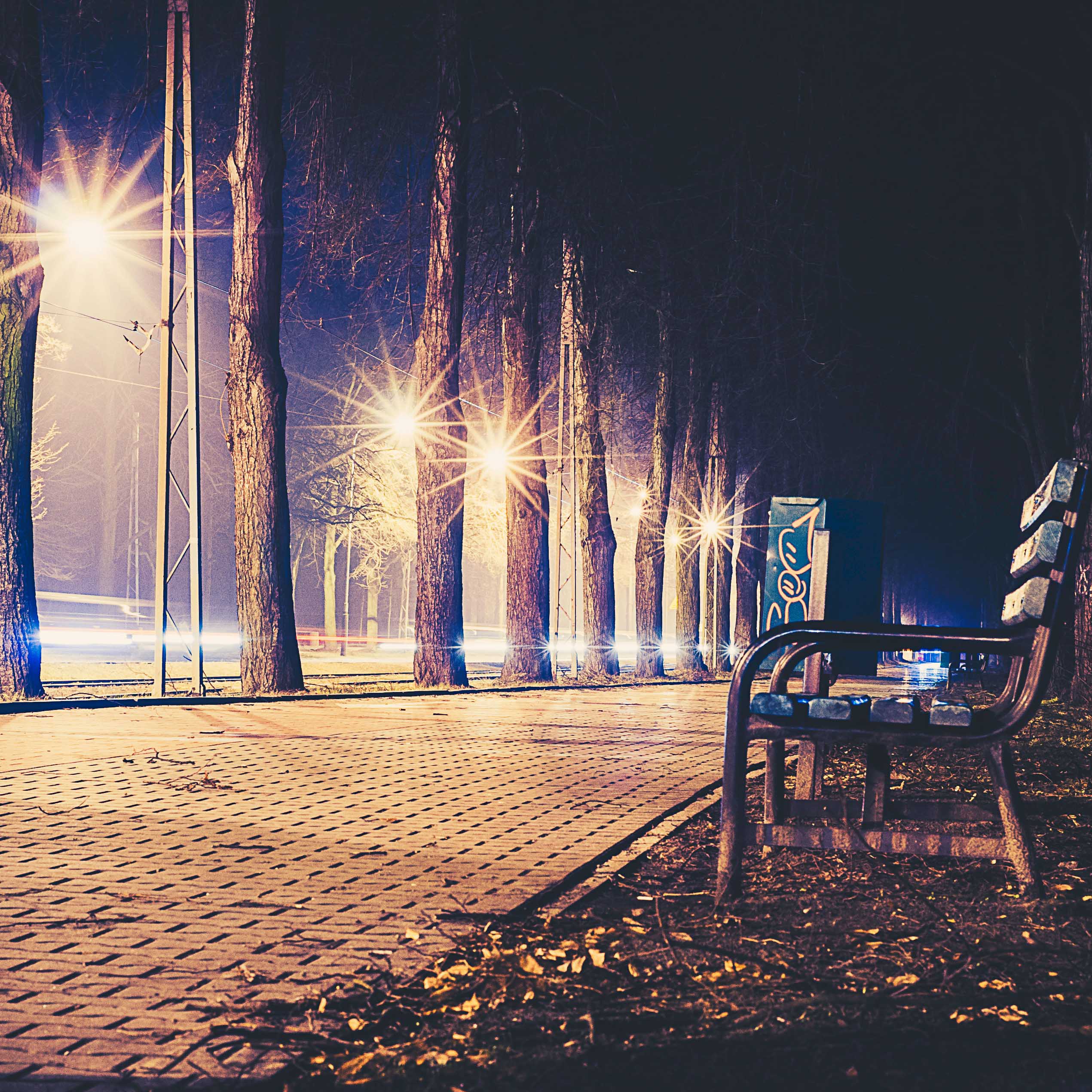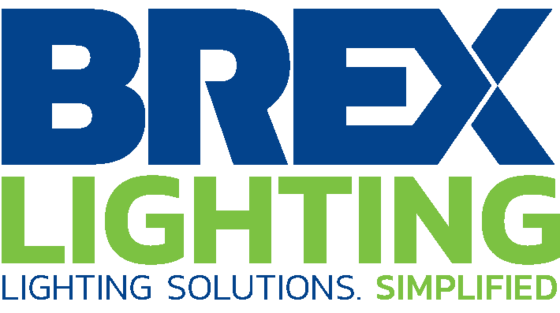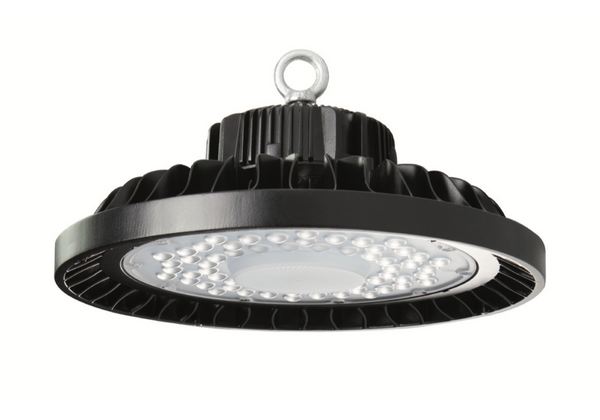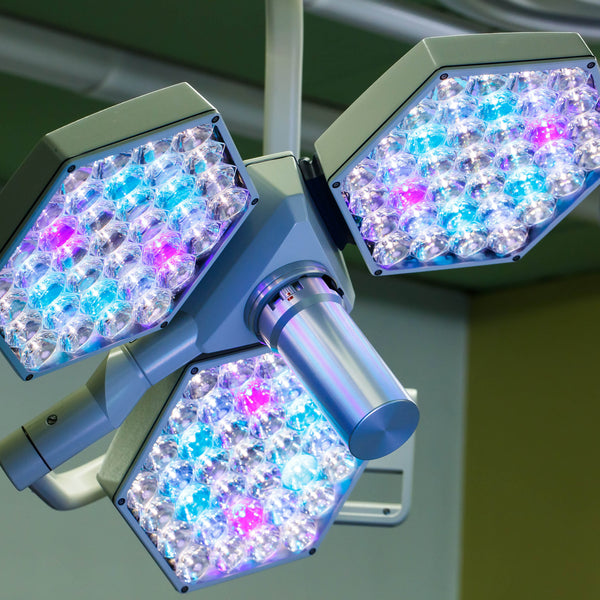How Does An LED Function

LED lights that are already so prevalent in both households, as well as commercial establishments, are going to dominate more than 60% of the light bulb market by 2020. Apart from lighting, LED’s are also part of the 7 segments in digital clocks and timers and are used in remote controls.
A lot of people aren’t aware that this revolutionary lighting technology that is taking over the world today, was discovered more than 50 years ago.
Light emitting diodes (LED) were an accidental discovery while experimenting with semiconductors. In the 1960’s there was a lot of research going on to control power and lasers using semiconductors.
The Simple Science Behind LEDs
A semiconductor as the name suggests, is a kind of an in-between a superconductor and an insulator (non-conductor) of electricity. These materials are by default bad conductors, but when infused (known as doping) with additional free electrons creates an end product that's a better conductor.
Another way of creating a better conductor is to make microscopic holes in the bad conducting material so that electrons can flow into them. When electrons fill these holes due to a current or electric field applied to a semiconductor it emits light; a phenomenon known as electroluminescence. This is the source of light for LED’s. Unlike the incandescent bulbs, they do not have a filament.
The Junction Where The Magic Happens:
Diode a special type of semiconductor is a sandwich of 2 materials, a positive type or P-type and a Negative type or N-type semiconductor. The place where the 2 materials meet is called the PN junction.

The PN junction of an LED is enclosed in a hard semi-circular epoxy resin case that is transparent. This prevents the material from shock and vibration. The PN junction of an LED doesn’t produce a huge amount of light. That’s why the case is constructed in a special way to reflect all the light away from the base and accumulate at the top near the dome of the case. This makes the top part of an LED the brightest.
There are various types of Light Emitting Diodes available in the market that vary in color, wavelength radiation and intensity. In the beginning, when LEDs were discovered there was only red colored ones. New metals were tried out in further researches to create semiconductors that led to various colored LED’s.
Let’s look at how an LED looks like if we zoom in:

Light Diffuser/ Lens: Due to the low brightness of led’s a lens is used to accumulate and evenly distribute the light. It’s mostly made of opaque plastic which has the advantage of being shatter proof in case it is dropped.
LED Array or Chips: Small yellow LED pieces are attached to a PCB( printed circuit board) which creates the led array. Depending on the type of bulb you can have a single LED or a bunch of LED’s on the circuit board.
HeatSink: The LED array sits on a piece of metal known as the heat sink. It helps dissipate the heat created by the LED away from the elements that produce it. The more high power the LED is the more efficient heatsinks you need to use.
Driver/ Circuit: The driver or the circuit board runs the show. It transfers energy that it receives from the mains and directs it to the LEDs to turn them on and off, dim or even change colors. They also act as protectors and restrict voltage and current fluctuations to get to the LED.
Housing: The housing encases the driver/circuit and is a made of a heat conducting material, generally aluminum. It dissipates heat away from the circuit board.
Base: These come in various shapes; this is the connector that goes into a bulb socket. Some of them can go directly into traditional light sockets, some you can screw on and some have pins that can go into power sockets.
Specialized Use of LEDs
LED’s are not only used to light up spaces, but they are also used in various highly complicated applications. Specialized application LEDs can be categorized depending on its electrical properties.
Mini LED ’s: These LED’s come in really small sizes and are very efficient. These are mostly used in optical communications that use nanolasers. They are 20 times thinner than the conventional LEDs and require very less current.
AC LEDs: These LEDs don’t require an AC to DC converter. They are high voltage LEDs that can run directly from the AC power from the wall.
High Power LED: These can be run by currents from a few milliamps to a couple of Amps. HP-LEDs need to be mounted on a heatsink to dissipate the heat.



